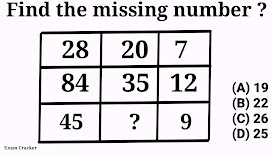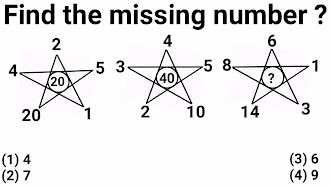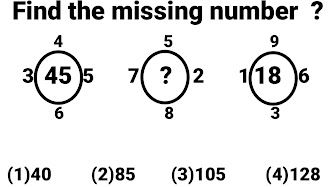Ten Logical Reasoning questions and answers for competitive exams
Logical Reasoning questions and answers for competitive Exams
Problem # 1
Problem # 2

Problem # 3

In this reasoning problem 1st number (5) is associated to 100 with the help of any rule , in the same rule we have to associate 7 to a number out of four given options.
Problem # 4
Problem # 5
Problem # 6

- Author
- Editor
- Publisher
- Bookseller
- Reader
Problem # 7

Problem # 8
Problem # 9

Problem # 10







































